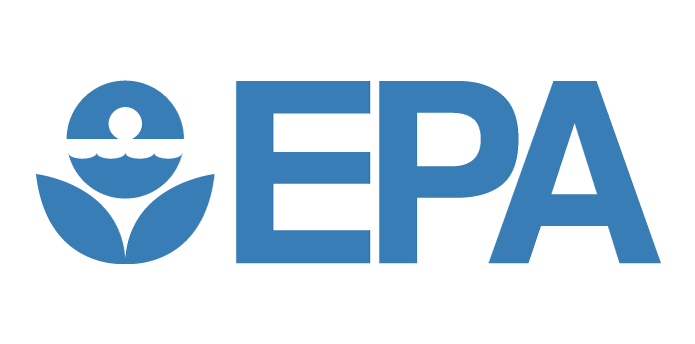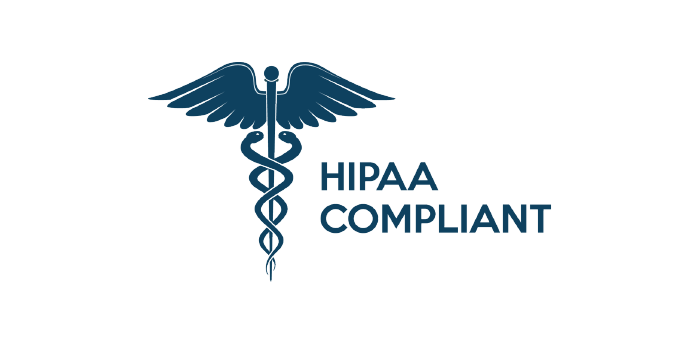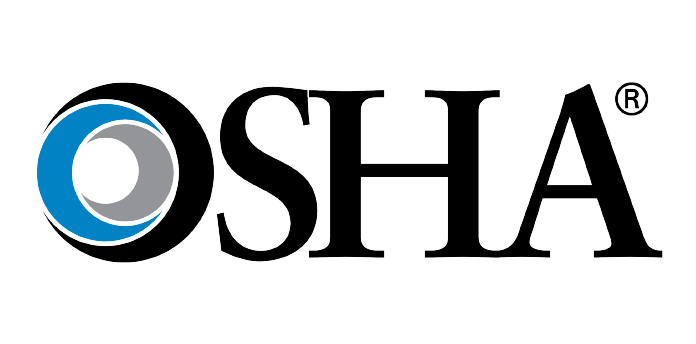← All Waste Disposal Industries
-

Pain Clinics Waste Disposal
MET is a fully licensed, certified, and insured medical waste, treatment, and disposal company. We offer our waste disposal services across California, Nevada, and Arizona.
The type of medical waste generated by pain clinics may vary depending on the services they provide, but some common types are: Infectious waste, Sharps waste, Chemical waste, Pharmaceutical waste, and Cytotoxic waste. These types of medical waste pose a potential risk of infection, injury, or toxicity to humans and the environment, and require proper segregation, transportation, and destruction based on federal and state guidelines. Contact MET for more information.
Get a FREE $250 VISA Card if we can't save you money on medical waste disposal services



